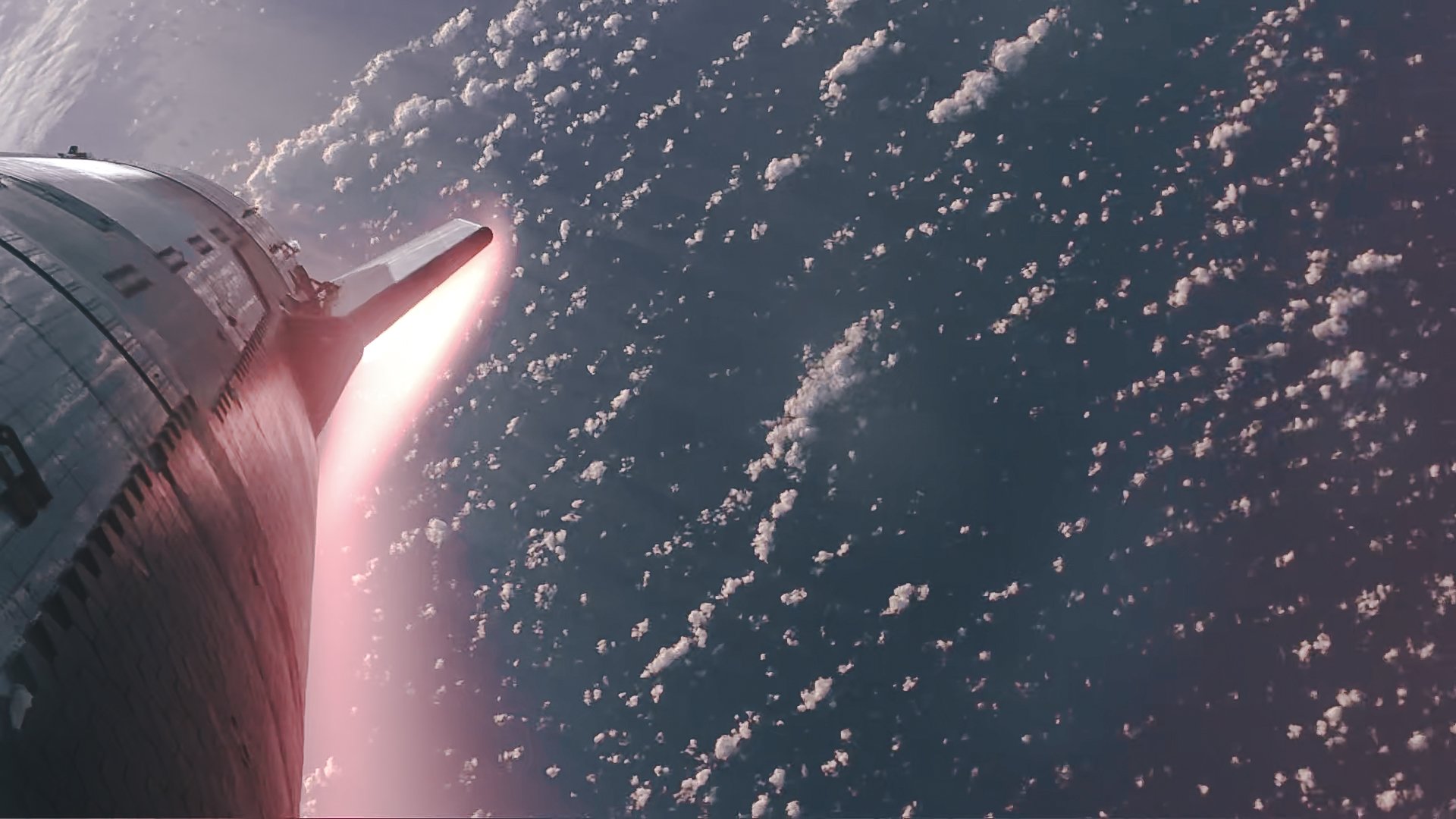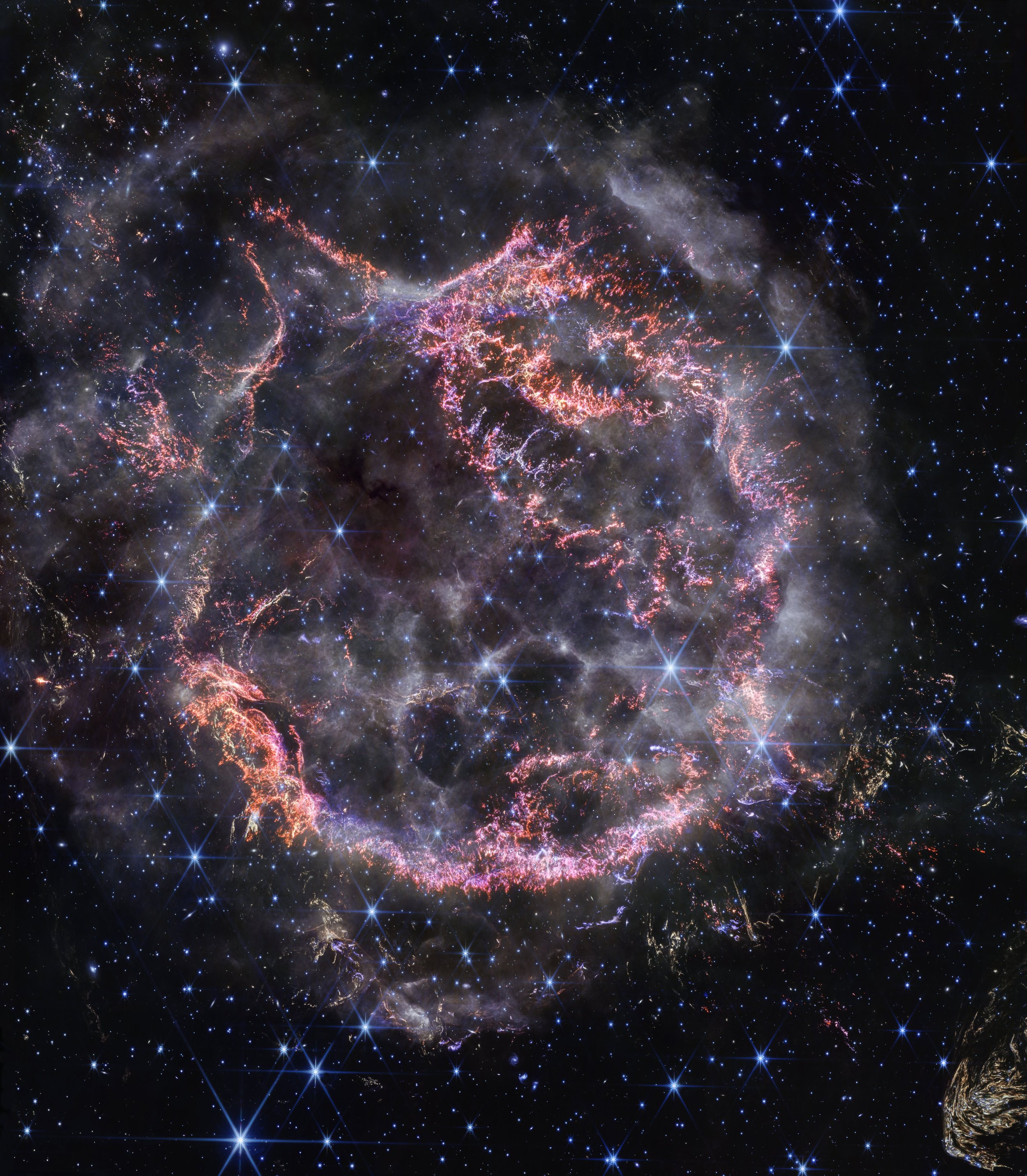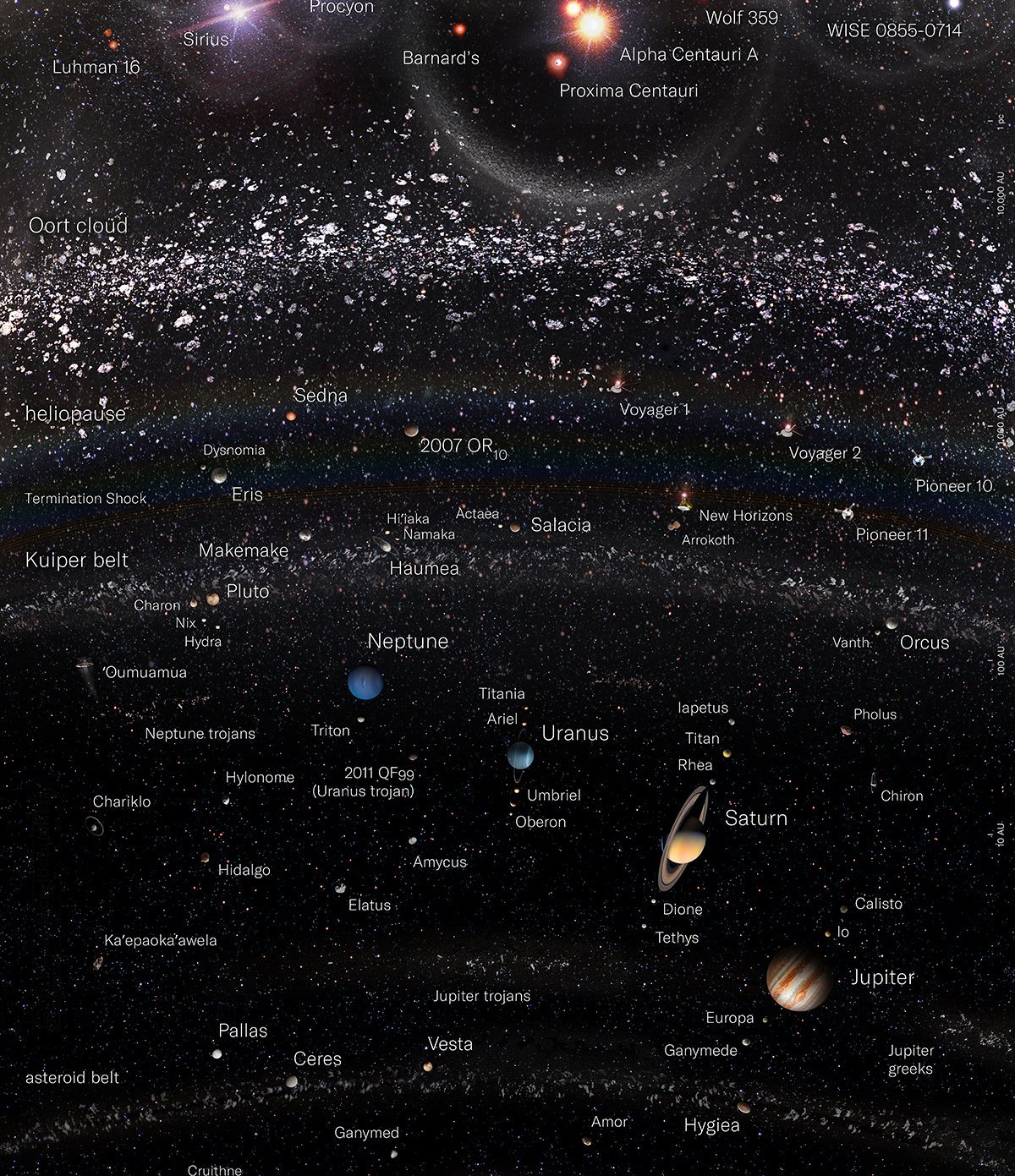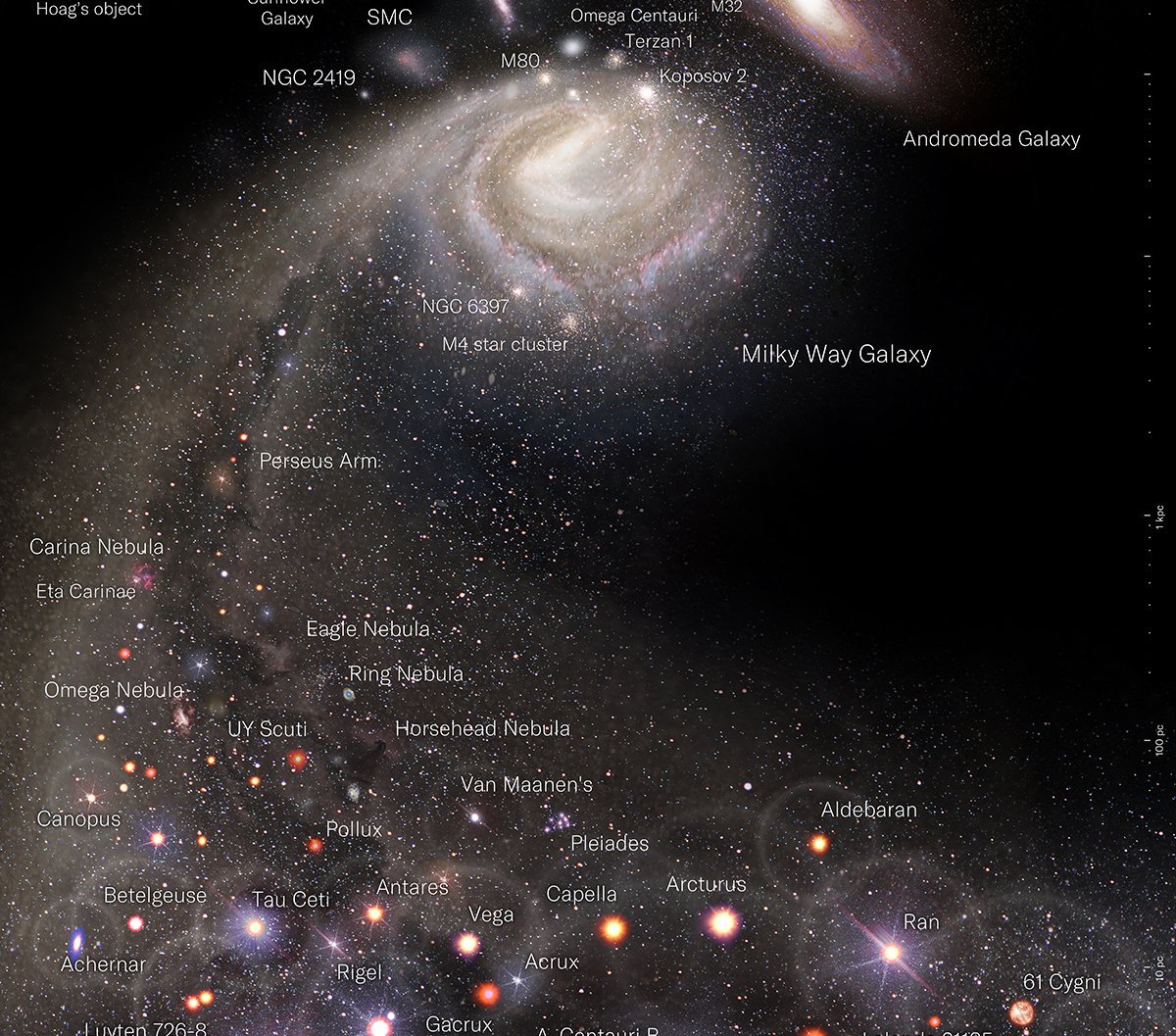"This is how the singularity goes: wonders become routine, and then table stakes."
Sam Altman, CEO of OpenAI (creator of ChatGPT), has shared a blog post in which he declares that we are already shooting up the exponential curve of the technological singularity, even if we don't realize it yet. That we're within shouting distance of ASI (artificial superintelligence).
I'm sure some of this is hyperbole and puffery. Altman is a bit of a showman, and it's his job to pimp his company's product. But I also suspect there's more than a little truth to it, if only because he knows he can't be wildly throwing out such claims if he can't back them up.
It's a lovely, poetic little post. We'll see what tomorrow, next month and next year bring. It'll probably be interesting.























